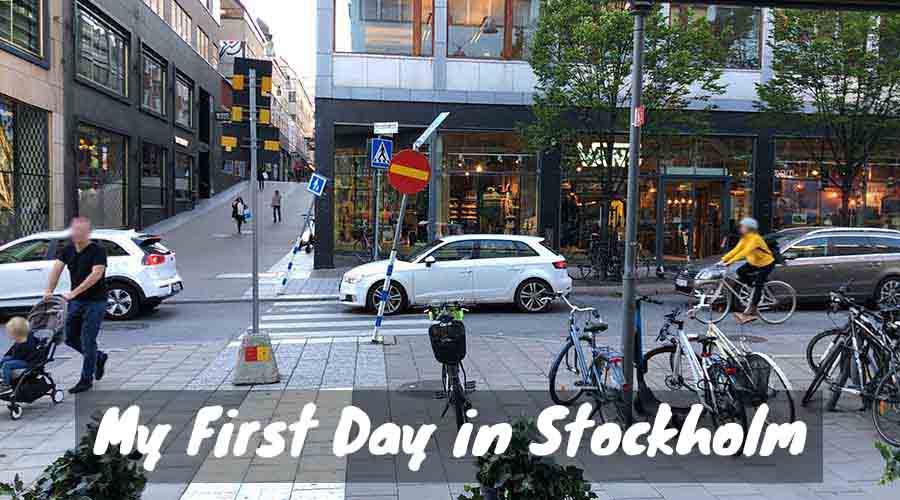Swedish holiday food is a big part of family time. What holidays do Swedes celebrate with food?
Julbord
By Christmastime, snow and darkness hits Sweden. Starting in late November, the candles and Christmas lights brighten the darkest part of the year.
At Christmas, Swedes celebrate the holiday with a “Julbord.” This literally means “Christmas table.”
There is a cornucopia of meats, cheese, hot food, cold food and sauce strewn across long tables. They are always carefully grouped together.
Whether served at a home or a restaurant, they can be simple or elaborate. So, what is on a julbord?
This is the biggest variety of foods that Swedes will see on a table all year. This is a real celebration.
Generally, Swedes eat Julbord food from Christmas Eve until Boxing Day (the day after Christmas) — December 26th.
- Variety of pickled herring
- Two kinds of gravlax (cured salmon), including smoked version
- Thick ribs
- Lutefisk
- Jansson’s Temptation-a potato gratin that includes anchovies
- Prinskorv, which are small, fried sausages
- Swedish meatballs made with allspice
- Christmas ham glazed with grainy mustard and encrusted with breadcrumbs
- Platters of sausage meat
- A cheese plate
- Boiled potatoes
- Salads that include beet salad and Mimosa (fruit) salad that are made with mayo
- Cold sauces and spreads including lingonberry sauce, variety of mustards
- Variety of crisp breads
- Schnapps (including elderberry flavors)
- Caviar, sour cream, red onions
- Julmust (a Swedish soft drink that resembles Dr. Pepper)
- Deviled eggs
In addition, in most of southern Sweden, brown beans are common on the Julbord.
In the north, there is a lot of game meat. Expect to see delicacies as reindeer, moose or bear sausage.
In the north, the rare Mandel potatoes (aka almond potato) are also a staple. These flavorful, and delicate, peanut fingerling potatoes melt in your mouth.
At the core of this meal is what you will see in other holiday meals later in the year.
New Year’s Eve
The New Year’s Eve party is generally at home, with a small group of friends.
The food is the opposite of the Julbord. This is more elegant.
Expect to be served three courses, including lobster starter, beef tenderloin roast, with Béarnaise sauce, Hasselback potatoes and an elegant dessert.
Generally, midnight is celebrated with an hour of fireworks.
Påsk
Easter time brings out the big celebration. Daylight is longer, and people are starting to gather together again.
At Easter there is nearly everything that is on the Julbord, except the Jansson’s Temptation. Most families skip the meatballs, sausage meats.
Instead, the ham is center stage. There are more deviled eggs and even some white asparagus on the table.
The Julmust Christmas drink is now repackaged as Påskmust.
Midsummer
Midsummer is the longest day of the year. This means a nearly 20 hours of food and drink.
The main hero of this meal is herring. There are over a dozen varieties of herring, and they are all displayed.
To accompany the iconic fish, there are boiled new potatoes, with dill, and skins on. Alongside this filling meal is crisp bread and Västerbotten cheese.
Much later, it is time for the “grillfest” (grill party). Swedes will get their grills laden with pork or beef tenderloin.
Alongside, they serve gratin potatoes, a green salad and plenty more elderberry schnapps. There is alway fresh Swedish strawberries served, as they are always ready in time for the big celebration.
Crayfish Party
In August, it’s “Kräftskiva” (crayfish party) time. Everyone gathers around outside to enjoy boiled crayfish, Våsterbotten cheese pie, salads and plenty of schnapps.
Most Swedes take their vacation in July, so Midsummer and Kräftskiva are vacation bookends. There are party hats, bibs and paper lanterns all adorned with crayfish.





